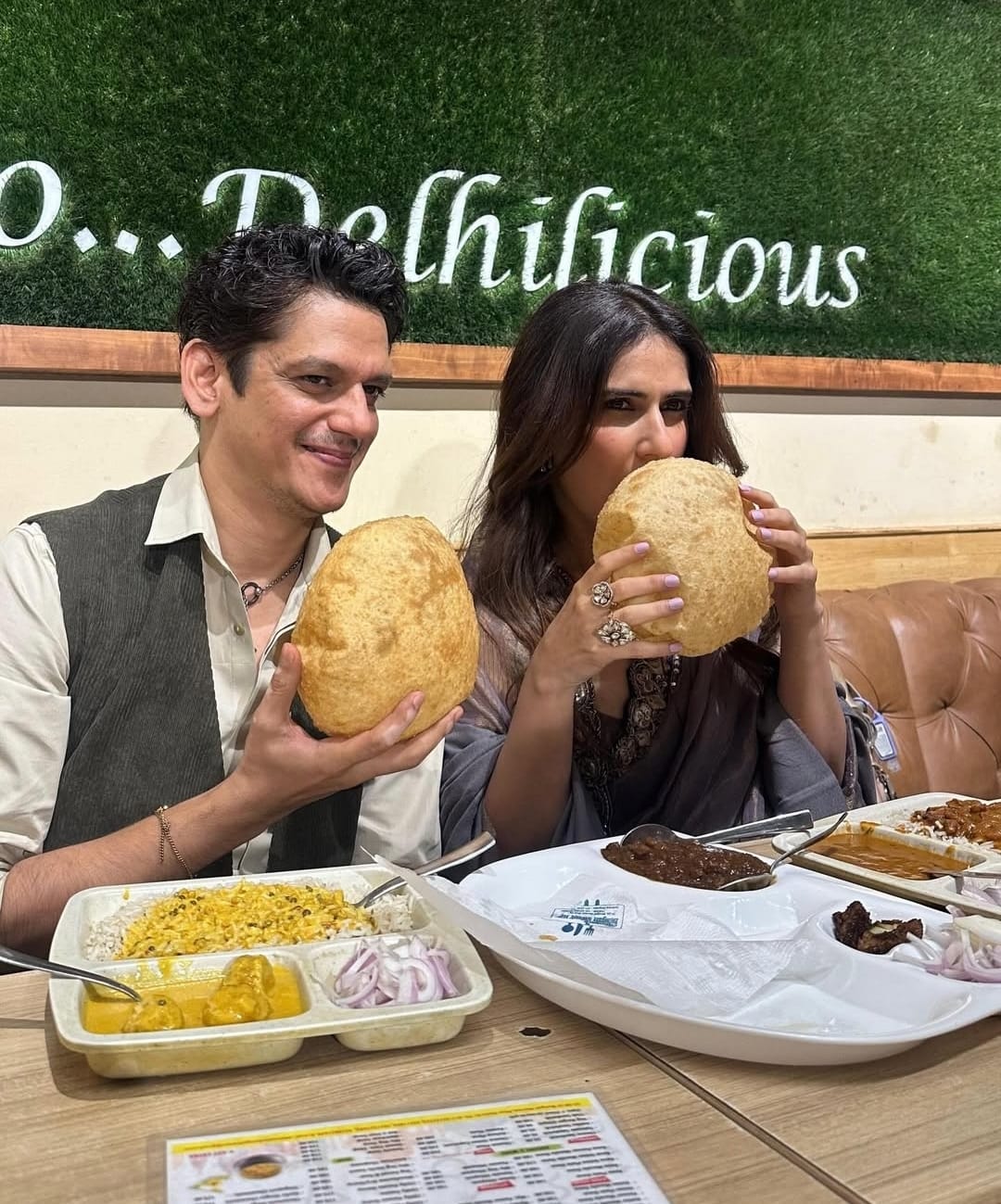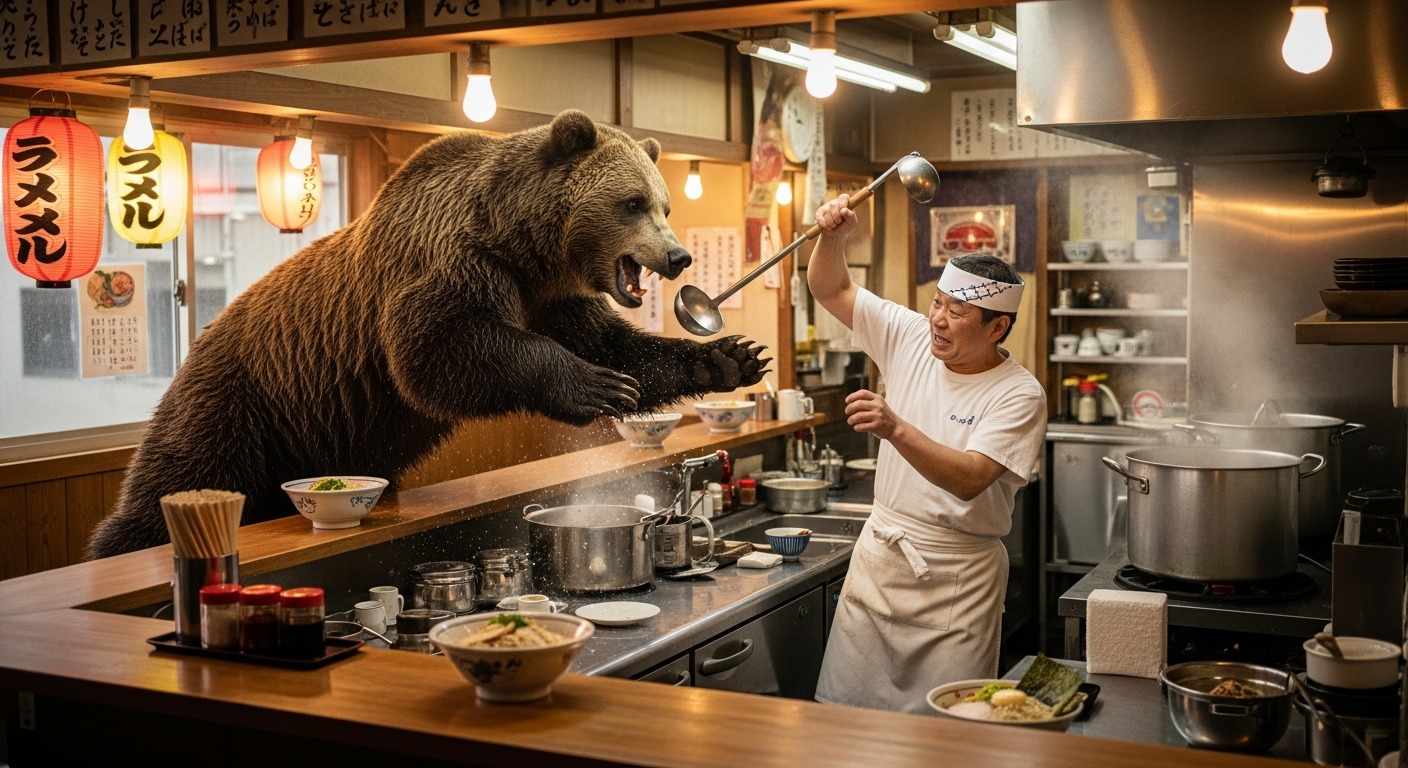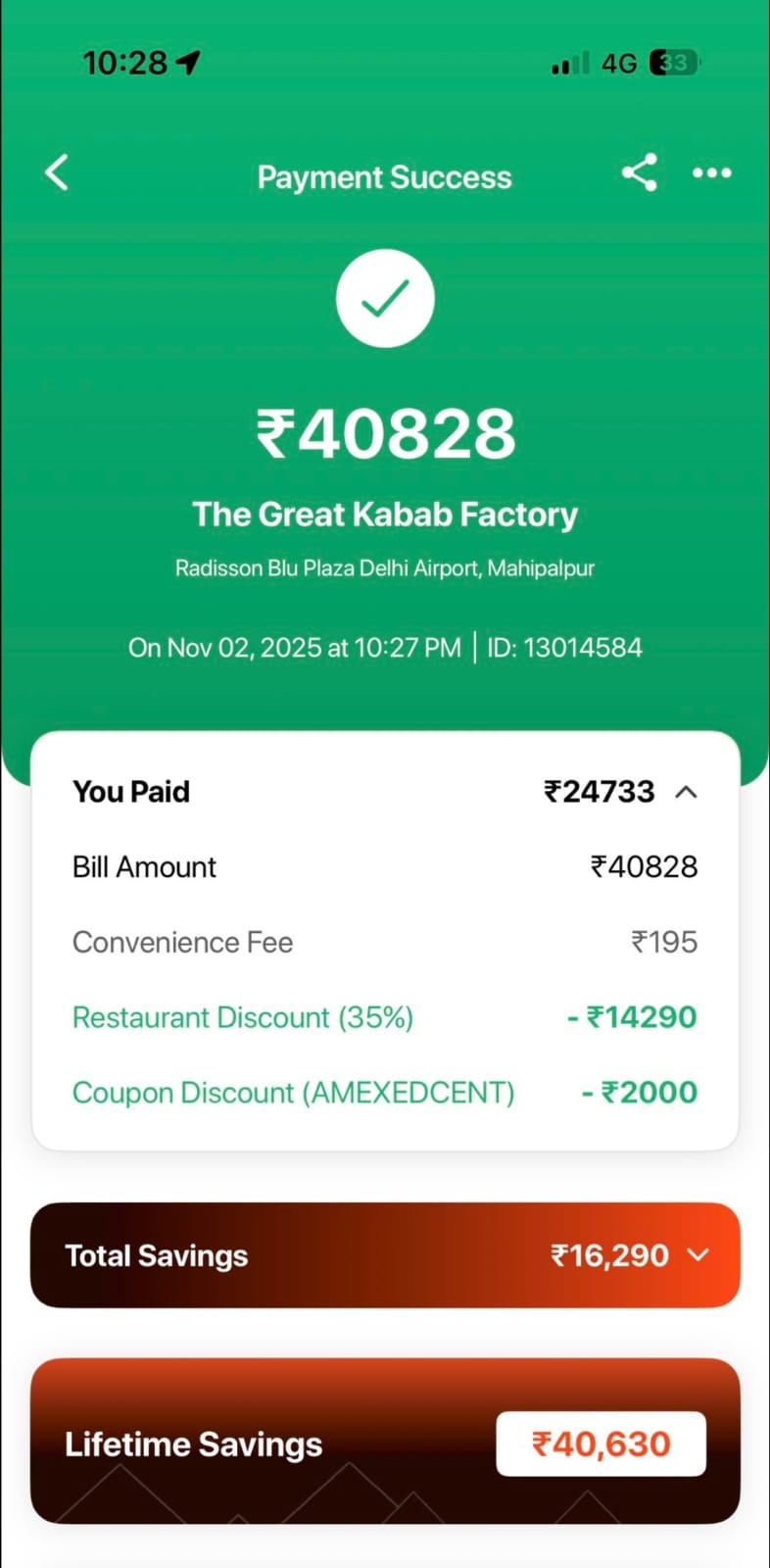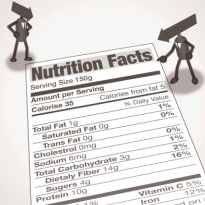More than ever before, most of us are spending more and more of our grocery bills on packaged foods, so it's time that we got to know what we're consuming. The easiest way to do that is to be able to read what our food label says. Reading what the back of the box says about calories is not going to get you far. We should, ideally at a glance be able to tell if the food contains trans-fats, chemicals in the form of preservatives or if it is genetically modified. But these days it's becoming more of a challenge to decipher the nutrition labels as the fonts are becoming smaller, while the health claims are getting bigger. (5 most shocking ingredients in your food)Recently, our team during a taste test of chips, saw a packet that claimed bold and bright that they were made in olive oil, and then somewhere in the post script hidden at the back, it said traces of hydrogenated vegetable oil, other oils. Then another time, there was this juice packet that said - Natural, and then when we looked closer, it said it was an orange beverage and not even a juice! (Taste test - Orange drinks)
One way that grocery brands in UK are dealing with the food labeling crises is making the system more transparent. They have added a graphic label that resembles a traffic light. The traffic light label indicates the amount fat, saturated fats, sugar, and salt in your packaged food. Yellow means it's safe to consume, green means that it's actually good for your health and red of course is to be avoided. The traffic light label is the first step in ensuring that customers can make enlightened choices about the food that they buy. But in India, we are many moons away from such a system. (Quite apart, many don't even follow the real traffic signals!)You can start your label reading adventure by looking at the "serving size" first. If a half-cup serving has 50 calories, but you usually eat a one-cup serving, you'll be getting 100 calories. Now that we have serving size out of the way, the next task in hand is to look out for 'key' words that will help you decode your food labels. Here's a list of the top 10 things to look out for.1. Low Fat - The percentage of fat is given per serving. If it says 15 grams of fat per serving, the total fat that you eat depends on how many servings you end up consuming. You should start by comparing the 'portion size' (amount you eat) and 'serving size'. For instance, a company may pack two pastries in one package and the label reads 150 calories for one serving which means that this figure relates to only one pastry. Also, be careful as 'low fat' may not always mean 'low calories'. More often than not, to make up for the fat, food manufacturers can add other ingredients to compensate for the flavour, like sugar, flour, thickeners, and salt. These can add to the total calorie count. (Type of fats)2. Natural Flavours - Aren't we all attracted to labels that scream the word - Natural? It gives us this warm, fuzzy, wholesome feeling. But what you see is not what you get. (Food a as 'organic' or 'natural' might be unhealthy)It's interesting to note that the US Food and Drug Administration or FDA does not define what is "natural". This is what it says. "FDA has not developed a definition for use of the term natural or its derivatives. However, the agency has not objected to the use of the term if the food does not contain added color, artificial flavors, or synthetic substances".It's important to note that both artificial flavours as well as natural flavours have chemicals. The point is where do these chemicals come from. In natural flavours, the chemicals have to be derived from a plant or an animal (something that is eaten) whereas artificial flavours are derived from inedible sources. So even your natural flavor extracts have a complicated chemical makeup, it's just that they are more or less identical to the natural flavoring. 3. Stabilizers and Thickeners - These are added to improve the and stabilize the texture of foods. These are found in jellies, ready-to-eat foods, desserts, frozen foods and salad dressings and they neither stabilize your health nor preserve it. They are used to maintain the consistency of the food. For example, Agar agar is also used as a food stabiliser in food products like canned meat. 4. Preservatives - Preservatives prevent the growth of microbes such as bacteria or moulds in foods during storage. They are used to make the food last longer on the grocery shelf. Eg, Sodium nitrate and sodium nitrite are used as food preservatives. Sodium nitrate helps prevent bacterial colonization of foods while sodium nitrite acts as an oxidizing agent and is usually used in preserving meat. You can find these chemical compounds hidden in bacon, ham, hot dogs and all processed meat. Preservatives also include fumigants on plants which control the browning of fruits and vegetables.5. High Fructose Corn Syrup - This is a top favourite with the packaged food industry. You will find it everywhere, in ketchup bottles, biscuits, baked goods, dairy products, carbonated drinks, you name it! High fructose corn syrup is an artificial sweetener made from corn. It's popular because it is sweeter than sugar, is relatively cheaper, and helps in preserving the food longer. (The bittersweet truth - High fructose corn syrup)6. Colouring Agents - Food colouring or colour additive is a pigment or substance that adds colour to your food. Vibrant colours make food more appealing. Even though synthetic colors do not add to the nutritive value of the foods, they are frequently added to restore the natural color lost on food processing. Due to health concerns of chemical dyes, some natural food dyes are now being used like beta-carotene, chlorophyll, saffron, curcumin (turmeric) etc. These maybe extracted from natural sources or produced synthetically.But there are laws that guide you about what colours you can produce and in what products. According to Rule 28 of The Prevention of Food Adulteration Act in India, the colours that can be chemically produced are red, yellow, blue and green. Also, they can only be used in specific foods like ice-cream, frozen desserts, flavoured milk, yoghurt, biscuits, custard powders etc.7. Emulsifiers - Emulsifiers are a group of substances that are used to obtain a stable mixture of liquids that would not mix or separate quickly. Emulsifiers are food additives found in salad dressings, margarine, mayonnaise etc. How do you look for them in a label? Your clue is the alphabet E followed by a number. 8. Artificial Sweeteners - Artificial sweeteners are synthetic sugar substitutes but may be derived from naturally occurring substances, or they could be synthetic. They are widely used in processed foods, including baked goods, soft drinks, candy, puddings, canned foods, jams and jellies, dairy products etc. Here are some names of sugar substitutes. Saccharin, Aspartame, Acesulfame-K, Sucralose, Neotame, Glycerol, Erythritol, Maltitol, Lactitol. (Top 10 must-know facts about Aspartame)9. MSG or Monosodium Glutamate - It is used as a flavor enhancer and is found in salad dressings, ready-to-eat soups, canned vegetables and chips. It has been known to cause various side-effects like headaches, allergic reactions, nausea etc. Internationally, it is recognized as a food additive. Though in small quantities it may not harm you but experts say that it is best to avoid it. 10. Partially Hydrogenated Oils - Partially hydrogenated oils are full of trans-fats. You think it's partially hydrogenated but it actually means that the oil has been heated to stay longer and it's the worst form of cholesterol. They are basically vegetable oils whose chemical structure is changed to prevent spoilage and increase the shelf life of food products. Also, they are cost efficient for food manufactures. (The best cooking oils for your health)After reading this, hopefully the next time you see a beverage which says naturally flavoured, you will not presume that it's full of natural fruits? You could also see a product which screams 'low fat' but is filled with calories that are nutritionally completely worthless. The trick is to learn to read between the lines. Watch Video: Deconstructing food labels
One way that grocery brands in UK are dealing with the food labeling crises is making the system more transparent. They have added a graphic label that resembles a traffic light. The traffic light label indicates the amount fat, saturated fats, sugar, and salt in your packaged food. Yellow means it's safe to consume, green means that it's actually good for your health and red of course is to be avoided. The traffic light label is the first step in ensuring that customers can make enlightened choices about the food that they buy. But in India, we are many moons away from such a system. (Quite apart, many don't even follow the real traffic signals!)You can start your label reading adventure by looking at the "serving size" first. If a half-cup serving has 50 calories, but you usually eat a one-cup serving, you'll be getting 100 calories. Now that we have serving size out of the way, the next task in hand is to look out for 'key' words that will help you decode your food labels. Here's a list of the top 10 things to look out for.1. Low Fat - The percentage of fat is given per serving. If it says 15 grams of fat per serving, the total fat that you eat depends on how many servings you end up consuming. You should start by comparing the 'portion size' (amount you eat) and 'serving size'. For instance, a company may pack two pastries in one package and the label reads 150 calories for one serving which means that this figure relates to only one pastry. Also, be careful as 'low fat' may not always mean 'low calories'. More often than not, to make up for the fat, food manufacturers can add other ingredients to compensate for the flavour, like sugar, flour, thickeners, and salt. These can add to the total calorie count. (Type of fats)2. Natural Flavours - Aren't we all attracted to labels that scream the word - Natural? It gives us this warm, fuzzy, wholesome feeling. But what you see is not what you get. (Food a as 'organic' or 'natural' might be unhealthy)It's interesting to note that the US Food and Drug Administration or FDA does not define what is "natural". This is what it says. "FDA has not developed a definition for use of the term natural or its derivatives. However, the agency has not objected to the use of the term if the food does not contain added color, artificial flavors, or synthetic substances".It's important to note that both artificial flavours as well as natural flavours have chemicals. The point is where do these chemicals come from. In natural flavours, the chemicals have to be derived from a plant or an animal (something that is eaten) whereas artificial flavours are derived from inedible sources. So even your natural flavor extracts have a complicated chemical makeup, it's just that they are more or less identical to the natural flavoring. 3. Stabilizers and Thickeners - These are added to improve the and stabilize the texture of foods. These are found in jellies, ready-to-eat foods, desserts, frozen foods and salad dressings and they neither stabilize your health nor preserve it. They are used to maintain the consistency of the food. For example, Agar agar is also used as a food stabiliser in food products like canned meat. 4. Preservatives - Preservatives prevent the growth of microbes such as bacteria or moulds in foods during storage. They are used to make the food last longer on the grocery shelf. Eg, Sodium nitrate and sodium nitrite are used as food preservatives. Sodium nitrate helps prevent bacterial colonization of foods while sodium nitrite acts as an oxidizing agent and is usually used in preserving meat. You can find these chemical compounds hidden in bacon, ham, hot dogs and all processed meat. Preservatives also include fumigants on plants which control the browning of fruits and vegetables.5. High Fructose Corn Syrup - This is a top favourite with the packaged food industry. You will find it everywhere, in ketchup bottles, biscuits, baked goods, dairy products, carbonated drinks, you name it! High fructose corn syrup is an artificial sweetener made from corn. It's popular because it is sweeter than sugar, is relatively cheaper, and helps in preserving the food longer. (The bittersweet truth - High fructose corn syrup)6. Colouring Agents - Food colouring or colour additive is a pigment or substance that adds colour to your food. Vibrant colours make food more appealing. Even though synthetic colors do not add to the nutritive value of the foods, they are frequently added to restore the natural color lost on food processing. Due to health concerns of chemical dyes, some natural food dyes are now being used like beta-carotene, chlorophyll, saffron, curcumin (turmeric) etc. These maybe extracted from natural sources or produced synthetically.But there are laws that guide you about what colours you can produce and in what products. According to Rule 28 of The Prevention of Food Adulteration Act in India, the colours that can be chemically produced are red, yellow, blue and green. Also, they can only be used in specific foods like ice-cream, frozen desserts, flavoured milk, yoghurt, biscuits, custard powders etc.7. Emulsifiers - Emulsifiers are a group of substances that are used to obtain a stable mixture of liquids that would not mix or separate quickly. Emulsifiers are food additives found in salad dressings, margarine, mayonnaise etc. How do you look for them in a label? Your clue is the alphabet E followed by a number. 8. Artificial Sweeteners - Artificial sweeteners are synthetic sugar substitutes but may be derived from naturally occurring substances, or they could be synthetic. They are widely used in processed foods, including baked goods, soft drinks, candy, puddings, canned foods, jams and jellies, dairy products etc. Here are some names of sugar substitutes. Saccharin, Aspartame, Acesulfame-K, Sucralose, Neotame, Glycerol, Erythritol, Maltitol, Lactitol. (Top 10 must-know facts about Aspartame)9. MSG or Monosodium Glutamate - It is used as a flavor enhancer and is found in salad dressings, ready-to-eat soups, canned vegetables and chips. It has been known to cause various side-effects like headaches, allergic reactions, nausea etc. Internationally, it is recognized as a food additive. Though in small quantities it may not harm you but experts say that it is best to avoid it. 10. Partially Hydrogenated Oils - Partially hydrogenated oils are full of trans-fats. You think it's partially hydrogenated but it actually means that the oil has been heated to stay longer and it's the worst form of cholesterol. They are basically vegetable oils whose chemical structure is changed to prevent spoilage and increase the shelf life of food products. Also, they are cost efficient for food manufactures. (The best cooking oils for your health)After reading this, hopefully the next time you see a beverage which says naturally flavoured, you will not presume that it's full of natural fruits? You could also see a product which screams 'low fat' but is filled with calories that are nutritionally completely worthless. The trick is to learn to read between the lines. Watch Video: Deconstructing food labels
Advertisement







